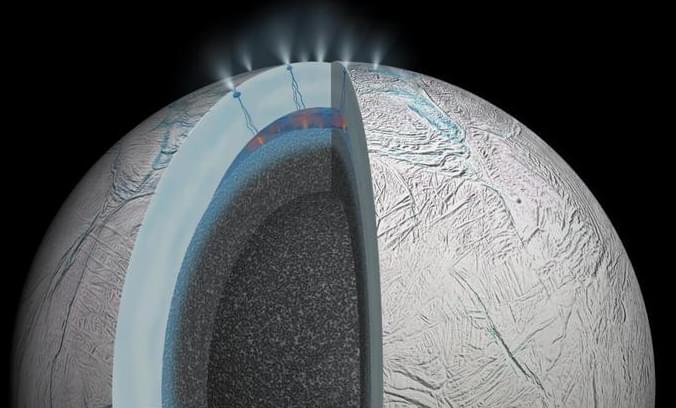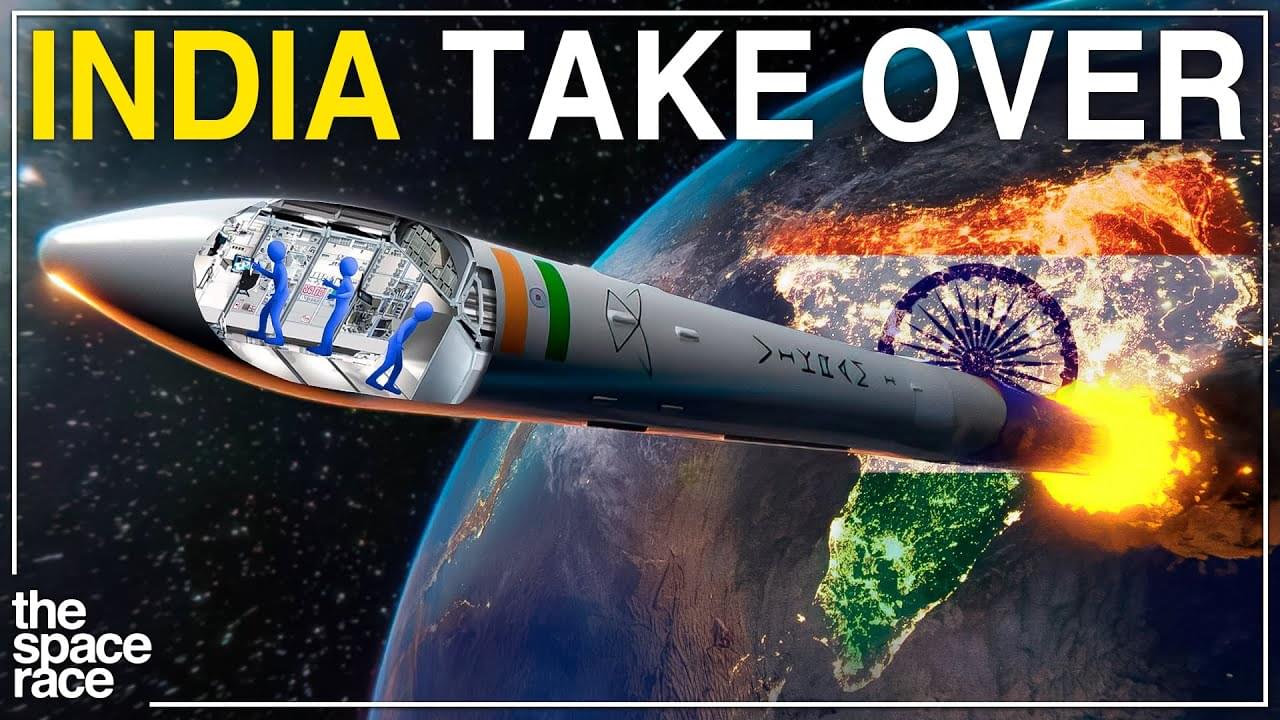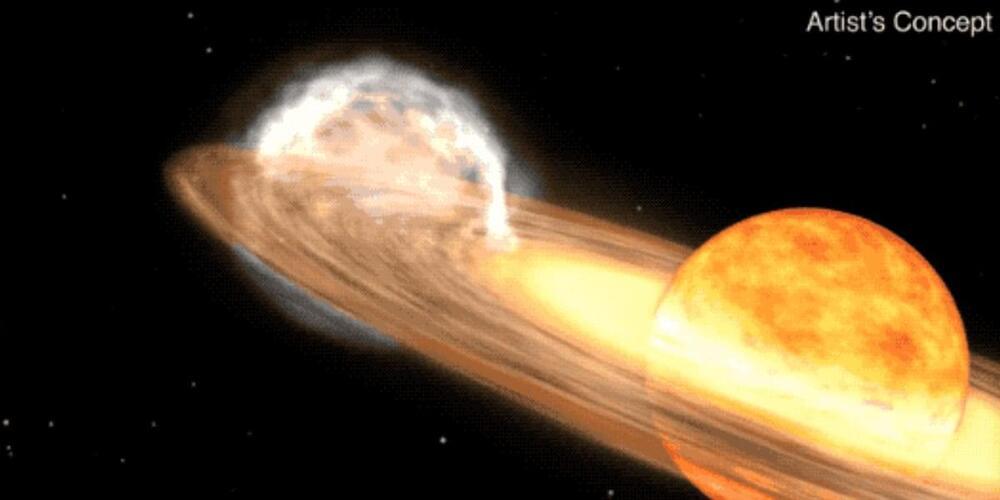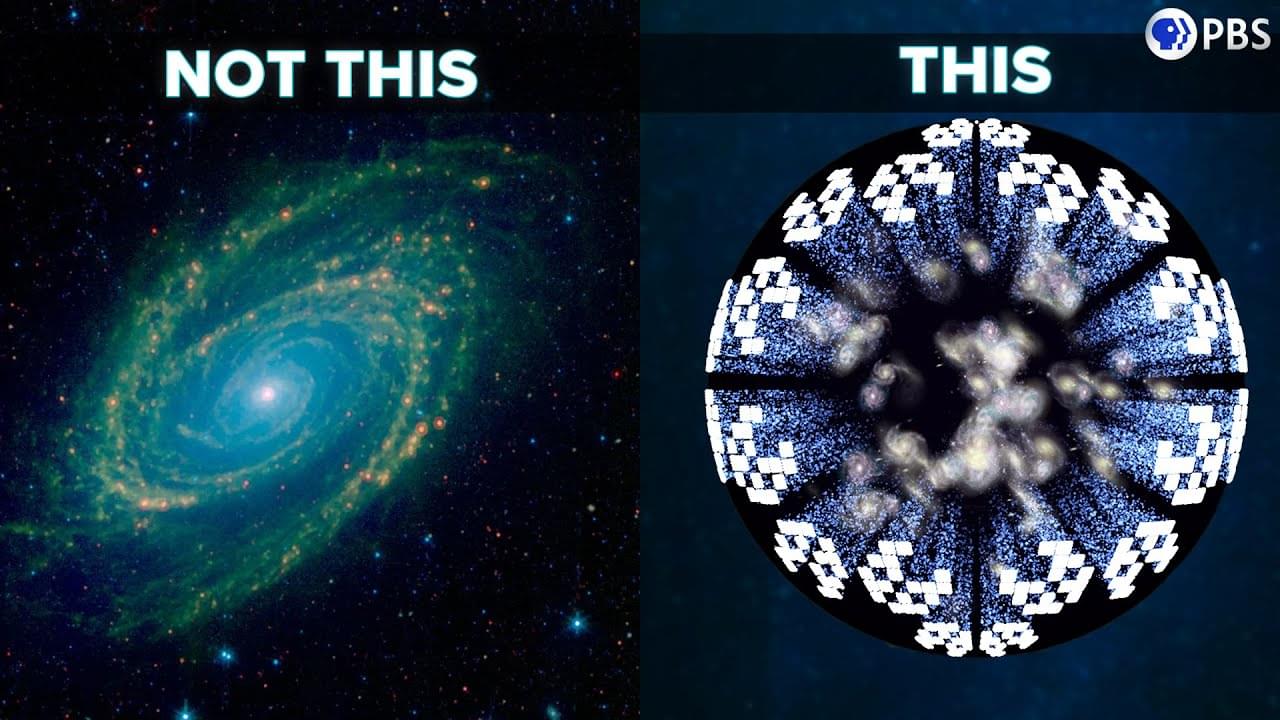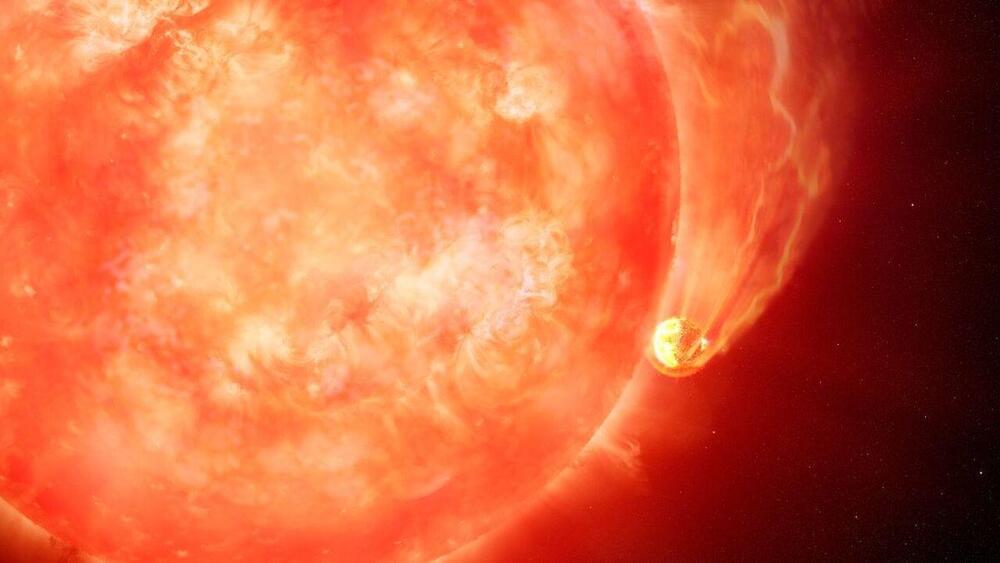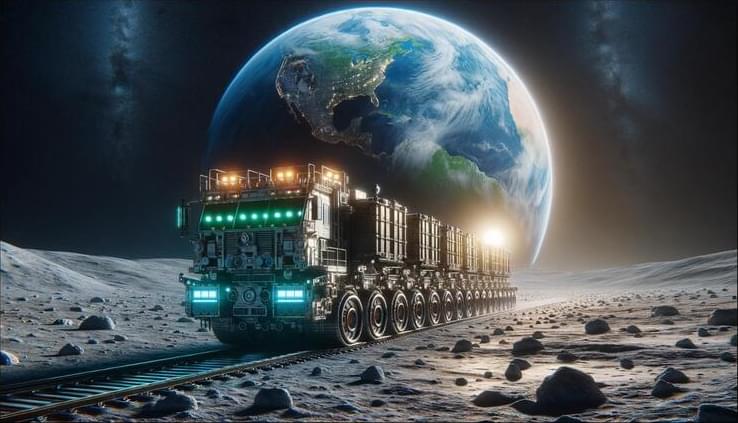Mar 25, 2024
Planetary Ingestion Unveiled: Twin Stars Devouring Planets Revealed
Posted by Laurence Tognetti, Labroots Inc. in categories: chemistry, evolution, space
Dr. Fan Liu: “Thanks to this very high precision analysis, we can see chemical differences between the twins. This provides very strong evidence that one of the stars has swallowed planets or planetary material and changed its composition.”
Can stars eat planets? This is what a recent study published in Nature hopes to address as a team of international researchers led by ASTRO 3D researchers investigated how some pairs of twin stars possess different compositions, which contradicts longstanding theories that they should possess similar compositions, hence the same twin stars. However, astronomers now hypothesize the compositional differences could be due to one of the twin stars devouring planets that orbit them. This study holds the potential to help astronomers better understand the formation and evolution of planetary systems and the mechanisms behind them, as well.
For the study, the team used a combination of the 6.5-meter Magellan Telescope, the European Southern Observatory’s Very Large Telescope, and the 10-meter Keck Telescope to collect data on 91 twin stars to ascertain their chemical compositions, and specifically the similarity of their compositions. In the end, the team discovered that approximately eight percent (7−8 twin stars) exhibited differences in their compositions, with the team hypothesizing that this was due to one of the stars ingesting one of their orbiting planets. Additionally, they found that the differing pairs were all main sequence stars, meaning they’re average-aged and conducting their fusion at their full potential. For context, our Sun is a main sequence star.
Continue reading “Planetary Ingestion Unveiled: Twin Stars Devouring Planets Revealed” »

